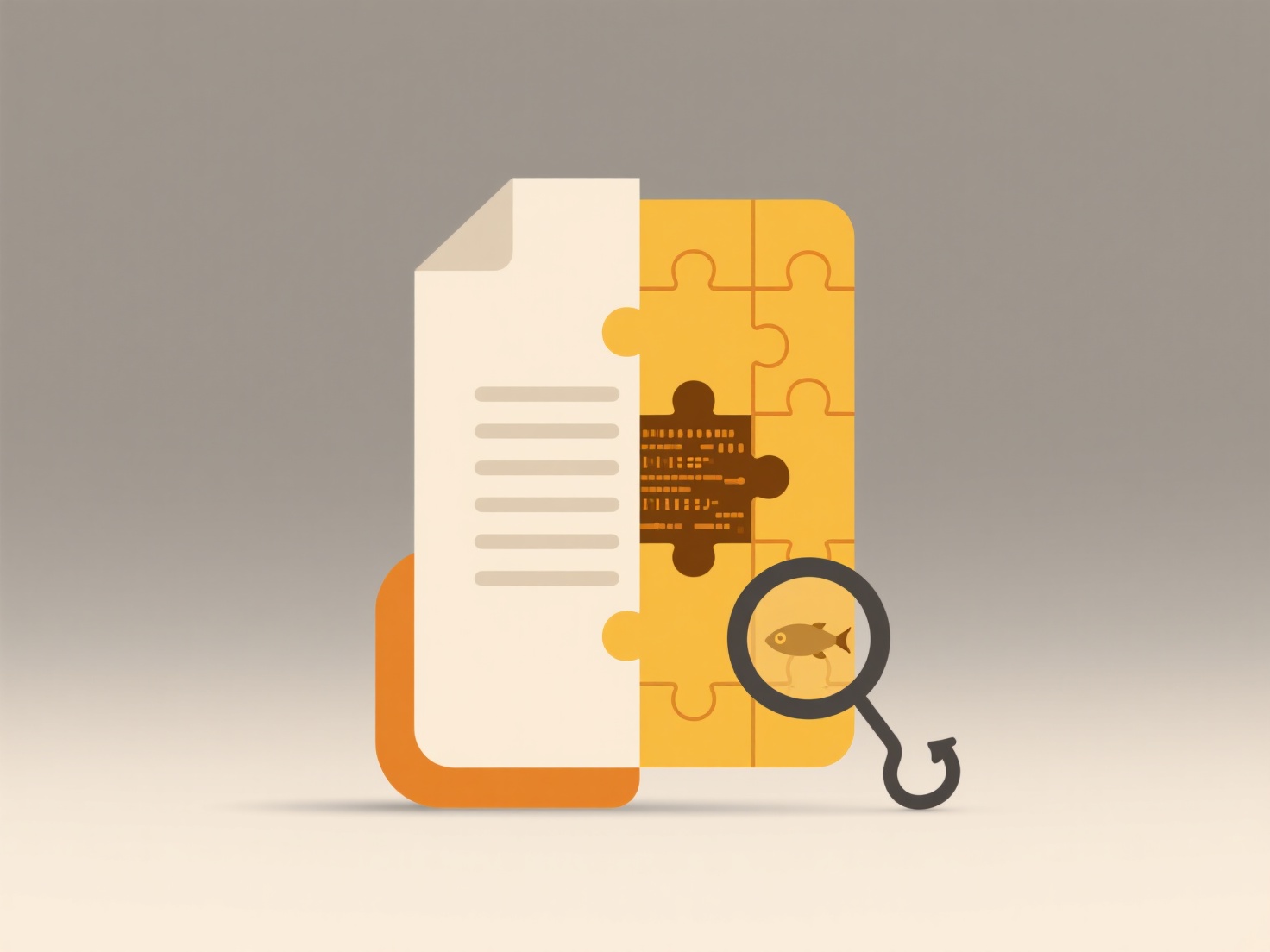
Avoiding punctuation in file names is generally recommended for web use to prevent technical issues and ensure reliability. Punctuation characters like spaces, quotes, ampersands, question marks, slashes, and colons can have special meanings for web servers, operating systems, or web browsers. These characters can cause file paths to break, scripts to crash, or URLs to function incorrectly. Using simple file names with only letters, numbers, underscores, or hyphens provides a safer alternative.
For instance, a file name like sales report Q1&2.pdf might be misinterpreted by a web server, as the & symbol is reserved for separating URL parameters, potentially leading to errors when accessing the file. Similarly, a space in image one.jpg might appear as image%20one.jpg in a browser's URL bar, creating complications when sharing or bookmarking. Content management systems (like WordPress), APIs, and automated file transfer scripts often encounter problems with complex punctuation, making clean file names essential for seamless operation.

Adopting this practice enhances file portability across different systems and minimizes security risks associated with character misinterpretation. While modern platforms are increasingly capable of handling special characters reliably, consistent avoidance remains a best practice. It ensures wider compatibility, prevents unexpected behavior, and simplifies website management for developers and content creators alike.
Should I avoid punctuation in file names for web use?
Avoiding punctuation in file names is generally recommended for web use to prevent technical issues and ensure reliability. Punctuation characters like spaces, quotes, ampersands, question marks, slashes, and colons can have special meanings for web servers, operating systems, or web browsers. These characters can cause file paths to break, scripts to crash, or URLs to function incorrectly. Using simple file names with only letters, numbers, underscores, or hyphens provides a safer alternative.
For instance, a file name like sales report Q1&2.pdf might be misinterpreted by a web server, as the & symbol is reserved for separating URL parameters, potentially leading to errors when accessing the file. Similarly, a space in image one.jpg might appear as image%20one.jpg in a browser's URL bar, creating complications when sharing or bookmarking. Content management systems (like WordPress), APIs, and automated file transfer scripts often encounter problems with complex punctuation, making clean file names essential for seamless operation.

Adopting this practice enhances file portability across different systems and minimizes security risks associated with character misinterpretation. While modern platforms are increasingly capable of handling special characters reliably, consistent avoidance remains a best practice. It ensures wider compatibility, prevents unexpected behavior, and simplifies website management for developers and content creators alike.
Related Recommendations
Quick Article Links
How do I export high-resolution images?
Exporting a high-resolution image involves saving a digital photograph or graphic in a way that preserves significant de...
Can I hide rarely used folders?
Hiding rarely used folders means changing their visibility within your file browser to reduce clutter without deleting o...
How do I find system-generated files like crash reports?
System-generated files are diagnostic records created automatically by an operating system or applications when errors o...